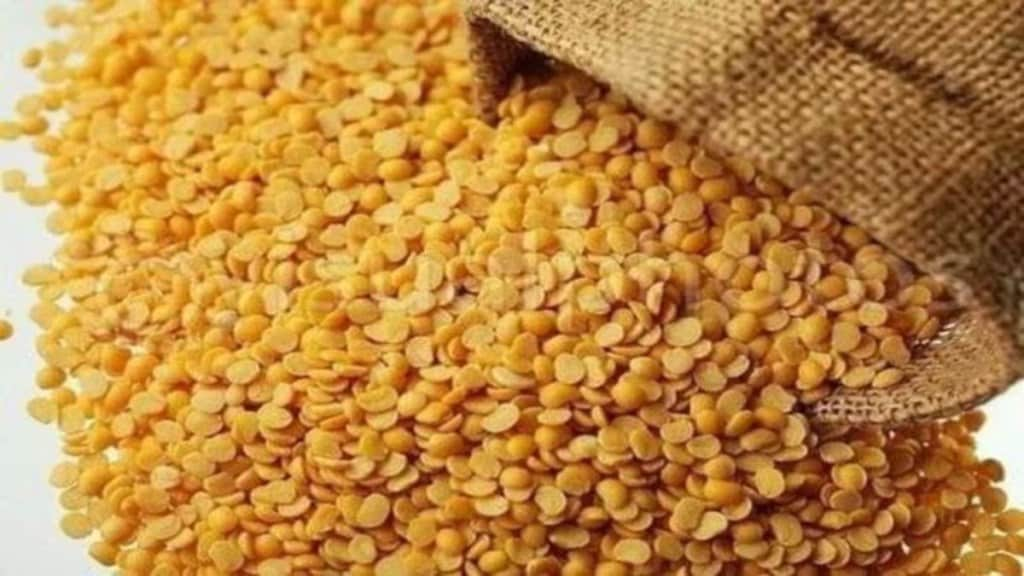The Commission for Agricultural Costs and Prices (CACP), which recommends minimum support price (MSP) of crops to the government, has called for increasing the import duties on several pulse varieties such as gram and lentils and imposing complete ban on yellow peas imports.
The CACP’s views, expressed in a recent report – “Price policy for rabi crops: the marketing season 2026-27” – is in the backdrop of the government frequently resorting to duty-free imports of key pulses, leading to depressed local prices that are hardly remunerative to farmers. The dichotomy between the random import policies, and the stated objective of achieving self-sufficiency in the production of these protein-rich staples has been highlighted by many experts.
On Wednesday, the Cabinet approved a Rs 11,440 crore “Mission for Aatmanirbharta in Pulses”, as a centrally sponsored scheme that will be operational between 2025-26 and 2030-31.
Currently, duty-free imports of yellow peas, tur and urad has been allowed till March 31, 2026, bengal gram and masoor has imported duty of 10% valid till end of FY26.
Over 3.5 MT of yellow peas, used as an economical substitute of chana used in the food processing industry, have been imported since December 2023. In December 2023, the government had allowed duty free import of yellow peas and the relaxation was extended from time-to-time.
In its report, the CACP also stressed the need to develop new high-yielding climate resilient varieties and make quality seed available to farmers.
Stagnant production and the import policy conflict
“Pulses production has stagnated in the recent years mainly due to technology fatigue resulting in deceleration in area and yield, and unrestricted cheap imports of pulses, particularly yellow peas, gram, and lentil,” it stated.
According to CACP, average imports of around 2.7 million tonnes between 2018-19 and 2022-23, sharply rose to 4.8 MT in 2023-24 and hit a new record of 7.3 MT in FY25.
Alarming rise in import dependency and future strategy
The report stated that between 2020-21 and 2024-25, import dependency in pulses increased from 9% to 23.1%.
Indian imports pulse consumption mostly tur, urad and lentil (masor) from Mozambique, Tanzania , Myanmar, Canada, Russia, Australia and Brazil.
With a share of 29.5% , yellow peas has the largest share in total pulses imports in 2024-25, followed by gram (22%), tur (16.7%), lentil (16.6%) and urad (11.2%).
The commission has noted that there has been a spectacular growth of India’s pulses production between 2015-16 and 2021-22 was primarily driven by three factors – technology, remunerative prices and conducive trade policy -.
Decline in production and fast rising demand for pulses have resulted in a steep rise in imports of pulses during the last two years, CACP stated.
The commission has recommended a vertical expansion through improvement in productivity could be achieved by adoption of new seed varieties, which are drought or disease resistant, better access to farm machinery, protective irrigation in rainfed areas and bridging yield gaps.
Pulses are mostly grown on rainfed marginal lands and are affected by drought and heat stress, thus, major focus should be on development of drought-tolerant varieties, it stated.
Officials said improved availability of pulses due to higher imports has softened inflation in pulses in 2024-25.
To address the issue of high import dependency and promote self-sufficiency in pulses, the Government earlier had launched various initiatives to enhance domestic production of pulses through significant increase in MSP, 100% procurement of tur (arhar), urad and lentil (masur) till 2028-29.


